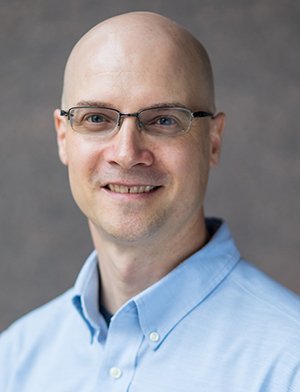Associate Professor David Flannigan will deliver this seminar, "Time: The Last TEM Dimensional Frontier" as part of his upcoming promotion case.
Abstract:
Large investments in instrument development have resulted in TEM spatial and energy resolutions reaching below 1 Å and 10 meV, respectively. Such resolutions are more than sufficient for resolving individual light-element atoms, low-energy phonon modes, and bond vibrational states. Accordingly, it can be said that TEM spatial and energy resolution are now more than sufficient for probing structure and energy at the most basic levels relevant to materials research. Indeed, structures of large biomolecules that are not amenable to crystallization will likely soon be resolved to 1 Å using cryogenic TEM and new cryogenic focused-ion beam workflows. Further, high spatial resolutions are now routinely extended to resolving atomic-scale behaviors under so-called environmental conditions (e.g., liquids, gases, heating, and cooling), and atomic-scale vibrational spectroscopy is now a reality.
By comparison, the dimension of time in TEM has received far less attention and lags far behind in terms of development. While detector-limited, time-resolved TEM has been a primary focus, it has been suggested that a fundamental limit to this approach will be on the order of microseconds due mainly to beam-current restrictions. This timescale falls far short of what is needed to probe the most basic dynamic materials behavior - bond breaking and reformation. Indeed, myriad fundamental materials phenomena take place on timescales below (and typically well below) the theoretical microsecond threshold of conventional TEM. Thus, here I will describe efforts that have emerged over the last 15 years to break this barrier and extend TEM temporal resolution to the femtosecond timescale. I will begin by providing a brief background of efforts that began in the 1960s, which focused mainly on studying magnetic domain wall dynamics and charge-density variations in integrated circuits. I will then describe the breakthrough involving femtosecond lasers and otherwise conventional TEMs that pushed the time resolution below 1 ps. I will describe the work we have done with such laser-based ultrafast electron microscopes (LB-UEMs) involving coherent phonon dynamics, the impact of defects on phonon behaviors, and polarization structures in ferroelectric/dielectric superlattices. I will then conclude by describing a new direction we are exploring with pulsed-beam TEM and specimen damage before sharing my view of the future of time-resolved TEM.
